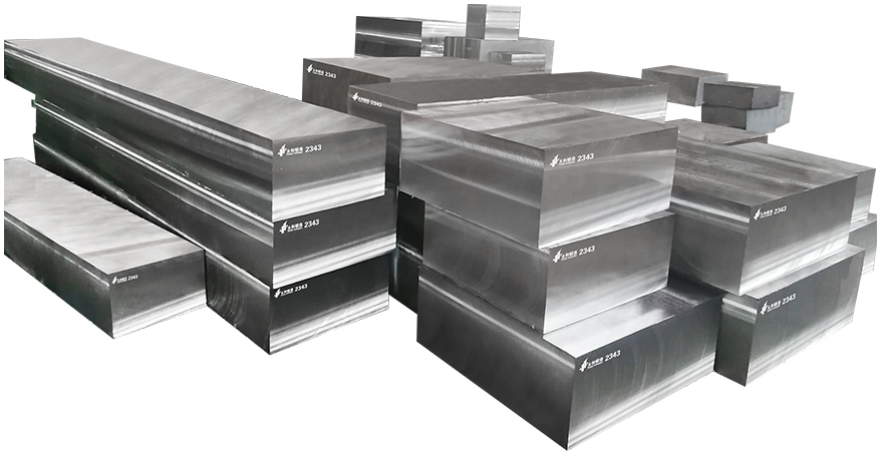Heat Treating S7 Cutting Steels
When heat treating S7 cutting steels, there are several important steps you should take. First, make sure to check the chemical composition. S7 is a standard steel and should be available under a commercial standard worldwide. Different batches may have different chemical compositions, but they should have similar heat treatment response and finished mechanical properties. If you aren't sure what to look for, you can use this guide to identify the correct heat treatment method for your application.
During heat treatment, the chemical composition of the steel influences the hardness of the resulting metal. Generally, tool steels with a high carbide content are harder than ordinary steels, but they are less resistant to wear. Generally, tool steels with high carbon content have a hardness between 48 and 58 HRC. This means they are better for high-speed cutting. S7 has low fracture resistance and is suited for use in a variety of applications.
S-7 is not particularly hard to heat treat. This depends on the cross section of the piece. Smaller sections can be air-quenched, while large ones can be oil-quenched. In either case, the part must be wrapped in stainless-steel HT foil to prevent scaling. The parts are then quenched at temperatures below 100F until the desired hardness is reached. A heat-treated part may be hardened further in a furnace to increase the wear resistance of the material.
The final steps in the heat-treat process involve increasing the steel's red hardness. The high carbon content of S7 cutting steels allows for heat-treating them to a much lower temperature than required for a tool's specific purpose. During heat-treating, the steels grow between 0.0005 and 0.002 inches per inch of their original length. However, the exact amount of growth will vary, and most heat treaters will have a feel for what is typical for each steel type.
Preheating provides two important benefits. First, it eliminates the stress caused by martensite. Second, it creates the required hardness of the tool. Regardless of the material's heat treatment process, the tool will need to remain at a uniform temperature for two to four hours. The heat-treating process is also important in ensuring that the tool is of the highest quality. The Metal Treating Institute recommends that heat-treating be performed by experienced professionals.
Sulfur has several advantages. It helps reduce embrittlement and reduces oxide formation. It also acts as a low-cost hardener for lower-alloyed Tool Steels. Combined with Chromium and molybdenum, it resists deformation during air-hardening. Its properties help it resist deformation and improve machinability. Generally, S7 tool steels are the best choice for industrial applications.
This heat treatment process has a few disadvantages. First, it can be expensive. It can be difficult to find a heat treater who can deliver quality results in a short period of time. Second, it can't guarantee optimum metallurgical properties. The quality of the tool steel may suffer if the heat treater is unable to deliver it on time. Lastly, it's important to know the metallurgical structure of tool steel before applying heat treatment.
